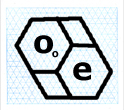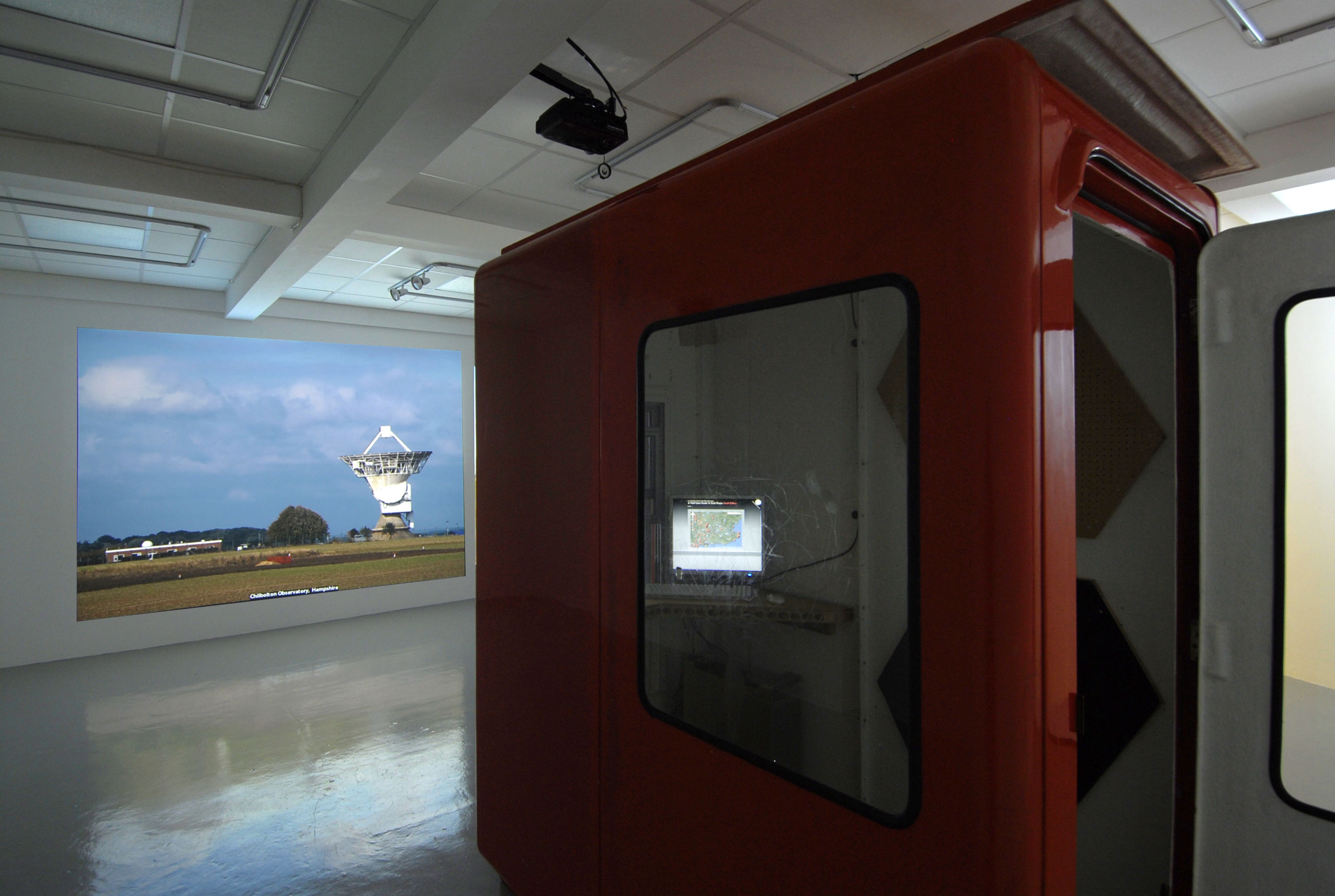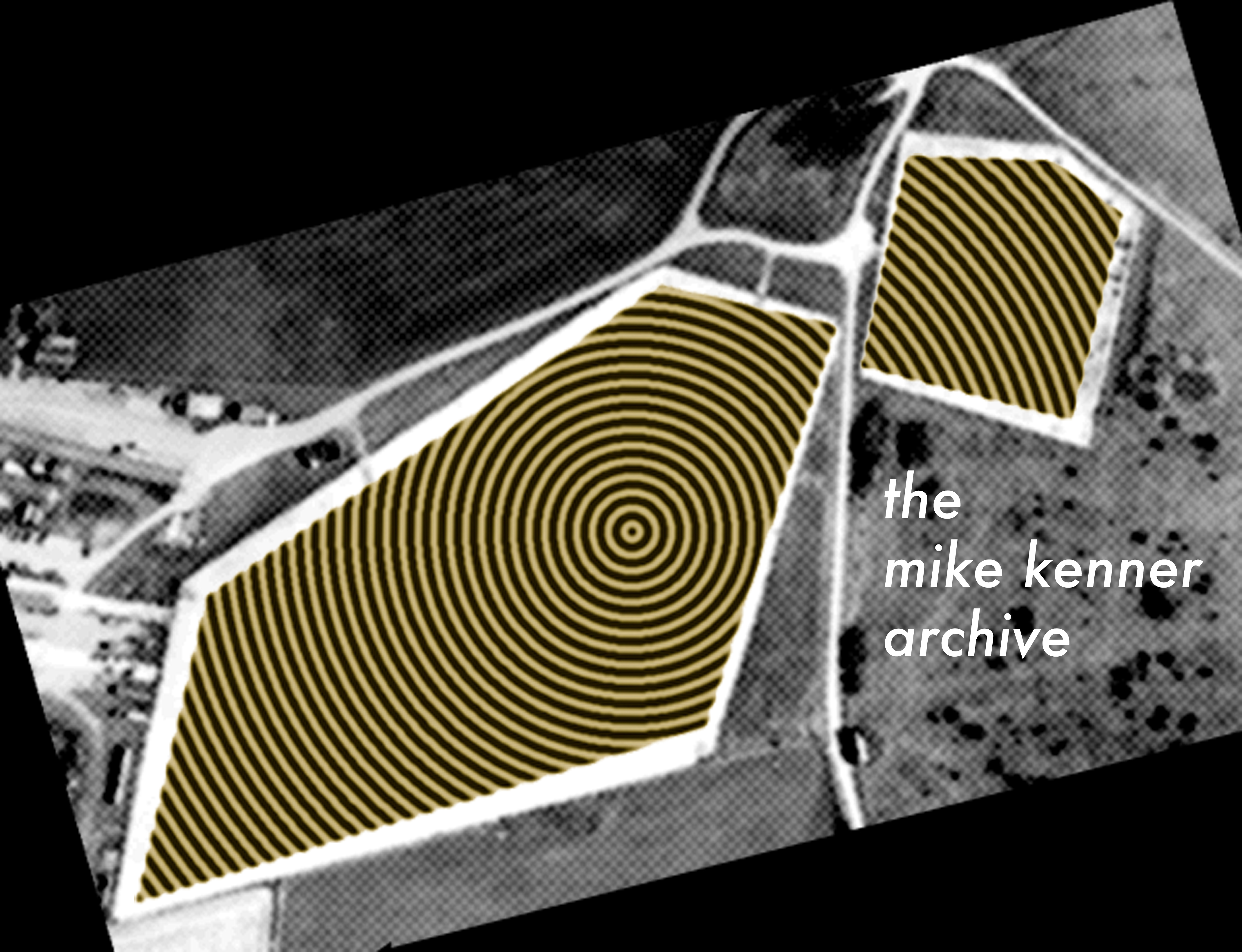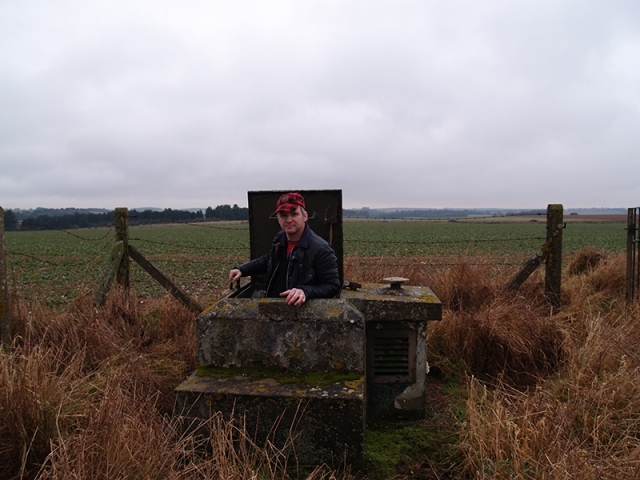The Artist as Experimental Agent
Instituting an Office of Experiments

Office of Experiments was started in 2004. It was devised by Neal White as a post-studio experiment in networked research, and part of a larger experimental analogue space station, designed and constructed with Danish architects and artists, N55. As it later developed into an organisational structure to enable artists, architects, academics and activists to work collectively under one name, it explored artistic, philosophical and conceptual art (including temporal inquiry). As the context shifted, so did its operational model. Office of Experiments emerged as an investigative system for examining how art adopts a position in relation to an epistemic thing or event, how art addresses alternative approaches to visual methods in academic research; to fieldwork, to maps, data, and through the hacking of software tools from other disciplines.
It became useful for it to sit across and outside of any particular discipline or institution. Critically, whilst it eschewed disciplinary norms associated with the historical idea of an individual artist making work in a studio, or even individual practice based research in the academic sense, the shifted focus toward collaborative, expanded and investigative form of research through artist-led practice aligned with the political work of emergent media arts collectives, as well as marginal institutions - such as Center for Land Use Interpretation - CLUI.
With the shift in context, the energy of the Office of Experiments major project in 2008-9 was driven by one simple question ‘Where does science happen?’. Having had priveleged access to scientific sites, labs and facilities such as The Human Genome Mapping Project (1998) or later whilst visiting vast Neutrino Detector in the Great Basin of Utah with CLUI, as an artist with an interest in emerging technology and science the project became one of asking questions around the ethics of science, from how transparent the projects/knowledge that we the public fund are, to the role of ethical oversight of experiments undertaken, whether in labs, on the public, or even in secrecy.
The experiment has nonetheless remained key. Whilst the original interest in experimentation may have fermented in work undertaken on self-experimentation (2004-5) inside labs, it became driven by a broader interest in the processes and thinking that underpin what Hans Jorg Rheinberger (a historian of science working at Max Planck Institute for the History of Science and Ideas - See The Void), descirbed as ‘a new shape of experiment’. Science had moved outsdie the lab, across a network, was manifest on the scale of 1:1 - it was becoming both a digital as well as a social (Latour) process and seen as inherently political, technical etc, rather than simply empirical in nature.
The work of Rheinberger described experimental systems that in turn led to epistemic things. If art was also moving towards the development of experimental systems, as practices that moved out of the studio, into an expanded field, collaborative, political and social, even forensic, who was supporting this kind of work, and what could be done?
At this time, Office of Experiments projects increasingly focused on the social and spatial, as well as temporal dimensions of art in the expanded field. We started to create a map of sites of scientific research, as well as the military industrial complex that supported it in the landscape of the UK. We also started to document the presence of different sites, companies, science parks, research facilities etc online, and to explore the links between the information available, and their physical presence. However, unlike many projects of the time being funded by Wellcome Trust, in SciArt, etc, it was not a project that could be pursued easily as art, or with science support, and so led to the wider project of the Office of Experiments being instituted independently as an artist led structure without reliance on any single institution or discipline, researcher or funder. Office of Experiments was neither incorporated or legal, more of an undisciplined experiment, or institutent practice, predicated on interdisciplinary collaboration and the sharing of knowledge.
Between 2007-12, we developed a series of Overt research projects. This fieldwork approach was developed with guidance from the International artist and photographer Steve Rowell (USA Office), first whilst he was a programme manager at Center for Land Use Interpretation (USA), where White also undertook residencies (2008-10). During this period, critical online development to support the project was coordinated by programmer and activist, Lisa Haskel (Associate, London). Further support and insights came from Professor Gail Davies (Associate, UCL now Exeter University), as well as autonomous research activist Mike Kenner (Honorary Associate - see Mike Kenner Archive).
The projects and exhibitions that emerged in this period explored themes ranging from the post-digital project of art, to a deep dive into the conspiratorial imaginary, in part driven by acts of redaction (see The Redactor at Apexart, New York). In terms of context that has emerged since in relation to secrecy, and conspiracy, it could be argued the project linked to or pre-empted themes that emerged robustly in the following years as Wikileaks, Snowden and Chelsea Manning utilised online technologies to challenge power.
It was not however our intention to speak to power at the same level. The projects were about enabling experimental investigations in to what is concealed within our public institutions, as emerging technologies and advances in fields ranging from gene editing to AI, challenged democracies, and tested the ethical and moral concerns of society. This thinking underpinned a role for art as an agent of change (what APG referred to as an incidental person) just at at a time when politicians pushed for greater privacy laws as a form of protection.
The period of work closely associted with Overt Research and Dark Places, was supported by Nicola Triscott and Rob La Frenais of Arts Catalyst, the leading International transdisciplinary art agency, based in London, and now Sheffield. The Office of Experiments also aligned with a number of other marginal institutions in UK and USA, who were following the same path, understanding the need to think as art collectives beyond museum spaces. We were also informed by British artist Barbara Steveni (Neal White acted as a Director of O+I (2006-9) and supported Barabaras role in archiving of her work with the Artist Placement Group and the role of the incidental person - he later co-founded the Incidental Unit in 2016 to continue that work).
From 2012, Office of Experiments projects explored scientific sites in the UK and USA, using latenative digital methods, specifically data obtained from scientific infrastructures. As the research focussed on dislocated resources, infrastructures, and data from financial trading networks, communications and science, data was manifested from hidden global sensing networks, into art, as installation / sculptural projects. Unusual sites and locations were explored using experimental methods. Each project has its own dimensions, yet all deal with the notion that through art and experimental forms, new approaches emerge that speak truth to power, or challenge the institutions through which culture is acknowledged, captured or claimed.
All of the projects were made as collaborations, and in many respects, the networks and collaborations are still alive. Amongst those who shared their energies and knowledge were Rob Smith and Rebecca Birch (Field Broadcast) who worked on Infomoma, Rob Smith and Anna Troisi, who worked on Hyperdrone. In constant ongoing support was my partner ,the artist Tina O’Connell (Associate, Ireland / UK), who worked on 1x1 Project, All that is Data with Office of Experiments and Perfect Nature.
In many cases, and in most recent projects, new technology was developed and built with long time collaborator (since 1997), electronics engineer Erik Kearney (Associate), whilst the sound and music composer Bill Thomson - aks Prof Lo-Fi (Associate) contributed to the projects Tiny Love Songs and Between the Barometer and the Dragonfly. Of late, our work has been supported and developed in conjunction with Alice Smits of zone2source , Amsterdam and a team of research-led architects that form the Monsoon Assemblages project (UK). New projects will include collaborations with Harry Smith, a botanist and researcher who works at Royal Botanic Gardens, Kew and Prof John Beck, who has commented, supported and advocated this work since 2009.
From 2016, Neal White refocussed Office of Experiments work into the University of Westminster, where he established; The Deep Field Project as an experiment in Higher Education initiated with Diann Bauer and Jol Thoms.
Some external links and further information
Neal White completed a PhD at University of Bournemouth (2014) that contains in depth informationon projects on; The Office of Experiments. Experiments in the Expanded FIeld of Contemporary Art.
Prof John Beck spoke to White about the Overt Research, in: Cold War Legacies: Systems, Theory, Aesthetics. Edited by John Beck and Ryan Bishop. University of Edinburgh Press.
Overt Research is featured in the First Edition of ‘On Not Knowing; How Artists Think’. Edited by Lizzie Fisher and Rebecca Fortnum. Black Dog Publishing.
For a more detailed and academically focussed interview on Office of Experiments, read Jussi Parikka’s website here:


